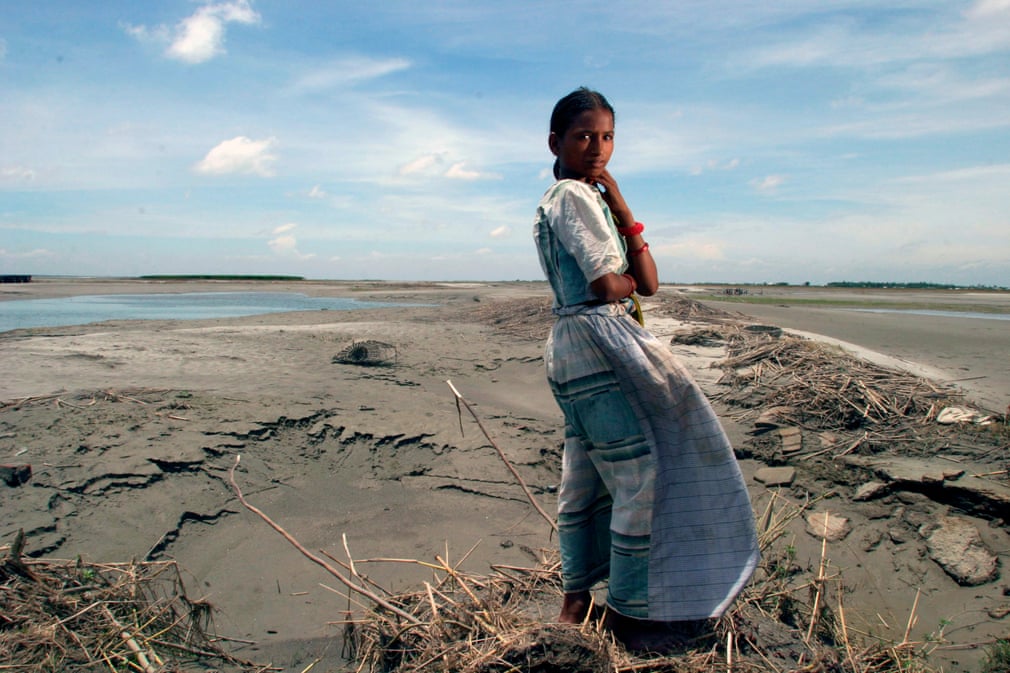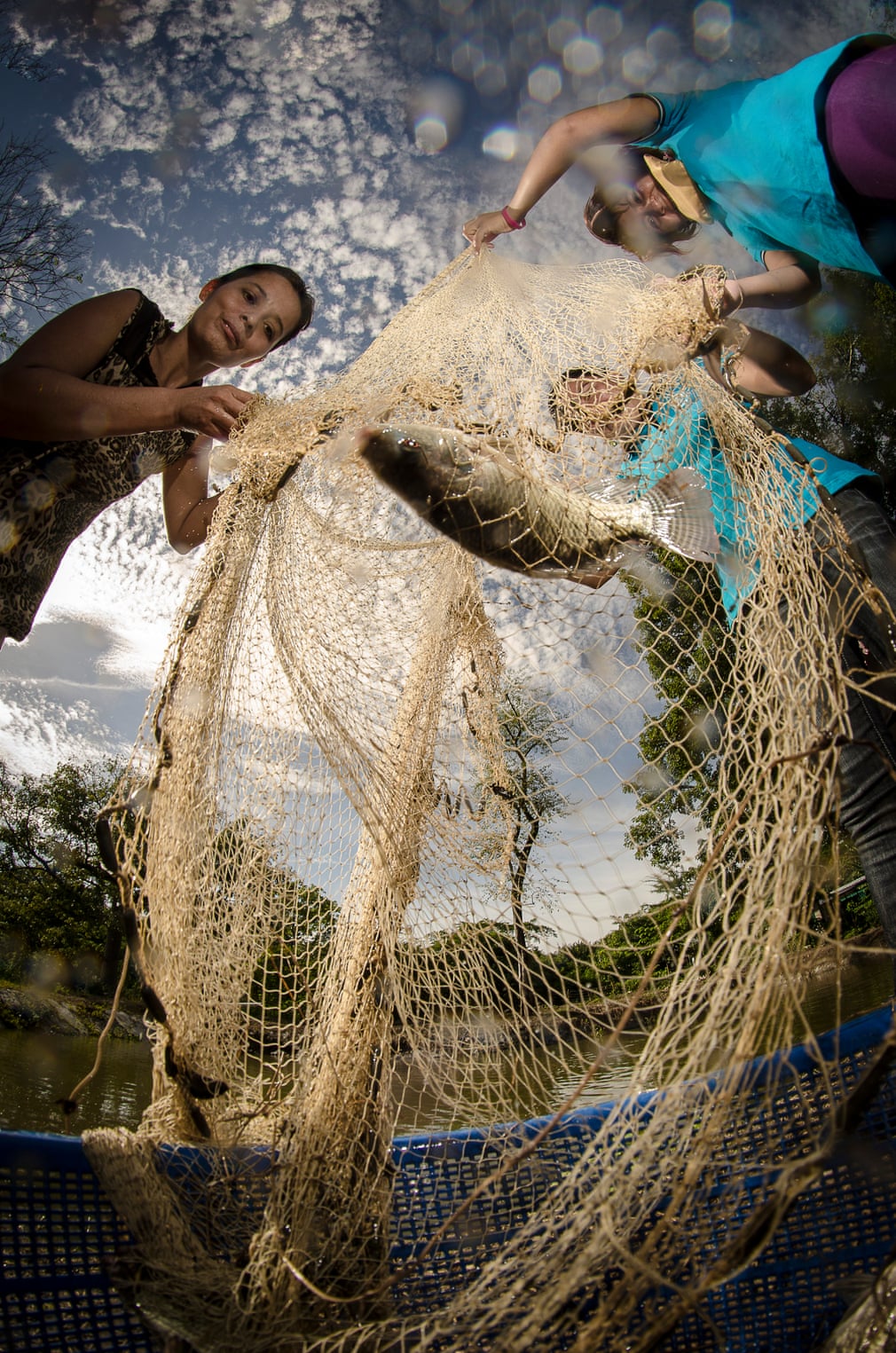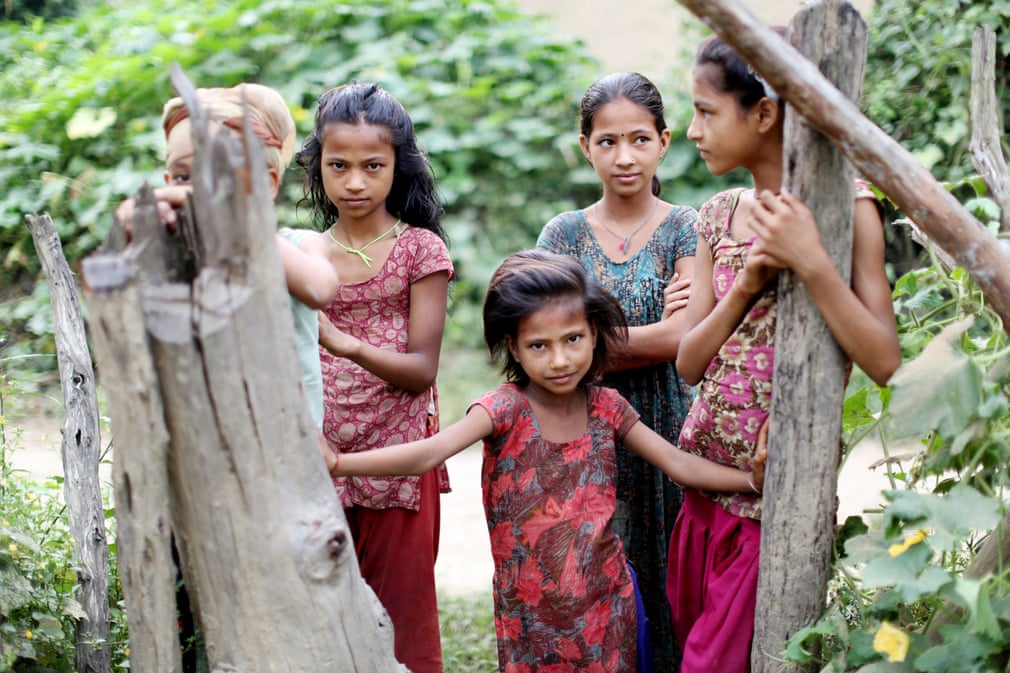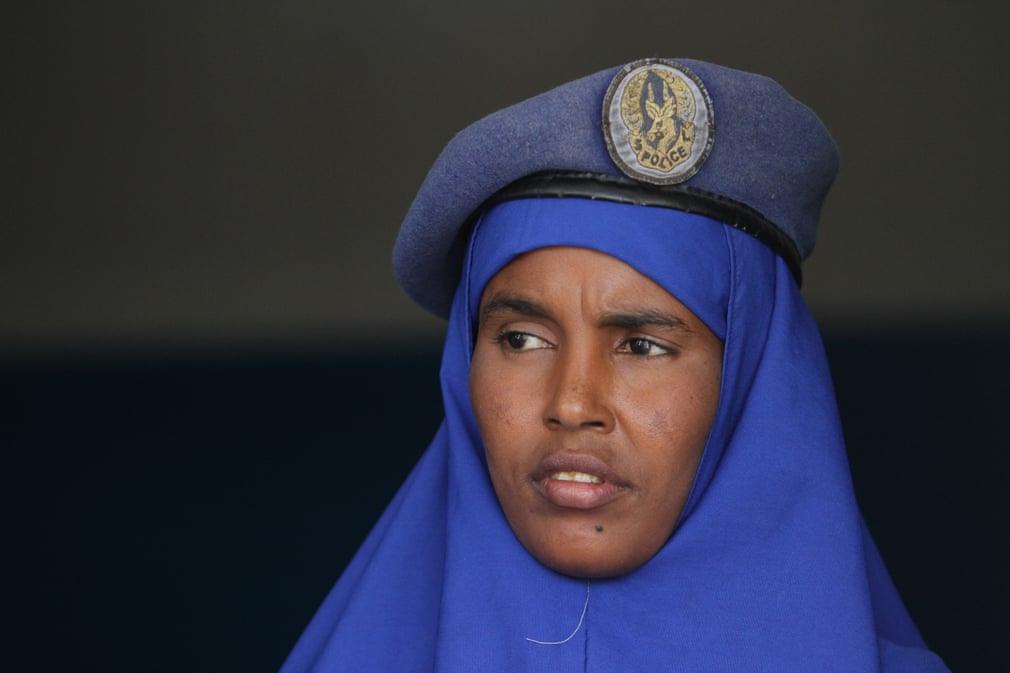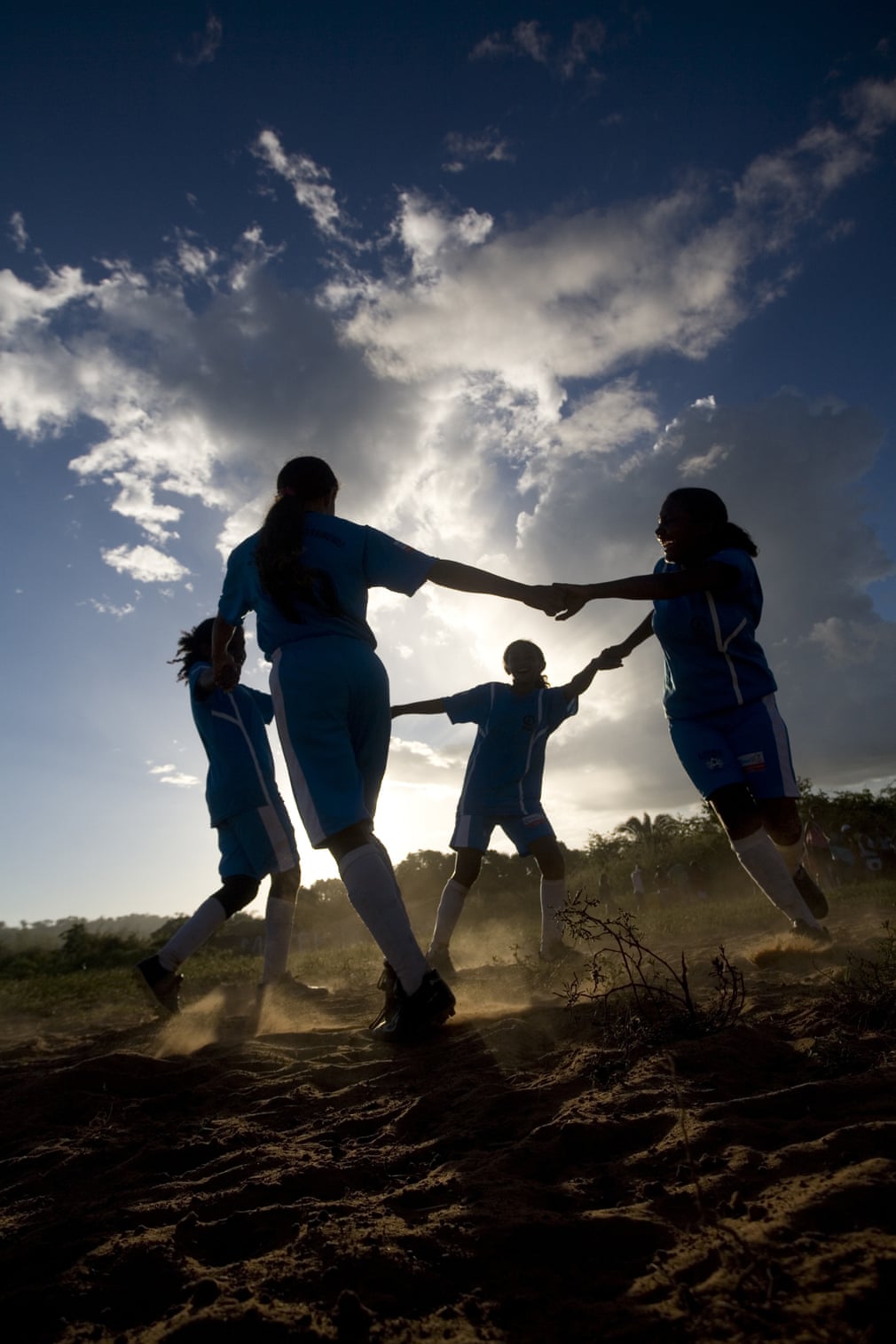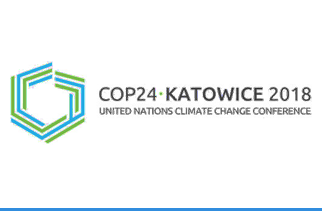Plans for the “Tanah Merah” project would see 2,800 square kilometres of forest (larger than the size of Stewart Island and Lake Taupo combined) logged out to make way for palm oil. Tribal people were reportedly pressed for their consent under military and police intimidation, and environment groups are pushing the Indonesian President to revoke the web of permits.
Since Indonesia took control of West Papua in 1963, indigenous rights have taken a distant back seat as Indonesia and multinational companies exploit the territory’s timber and mineral resources. Jakarta touts development as the answer to Papuan discontent, but disrupting traditional subsistence living causes nothing but hunger and misery. This land grab is a significant contributory factor to a human rights crisis which is so bad it is a kind of “slow genocide”.
A New Zealand ban on kwila would not end illegal logging or stop climate change, but it would send a signal that New Zealand is serious about protecting our planet, its ancient forests and the people whose lives depend on them.
This article is cross-posted from The Spinoff…
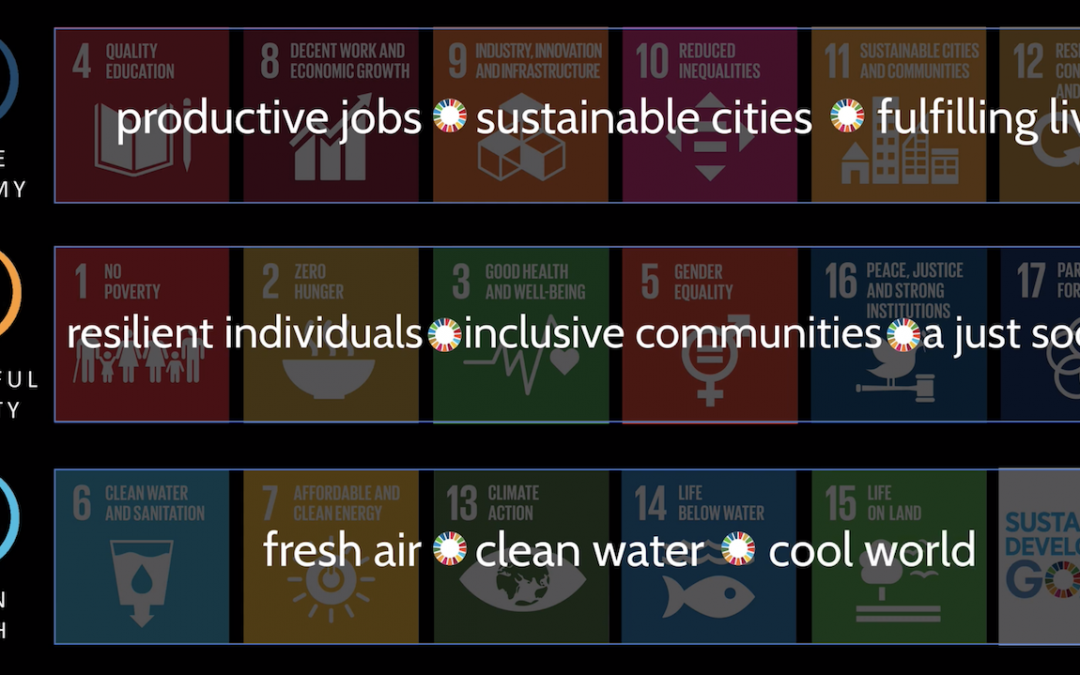
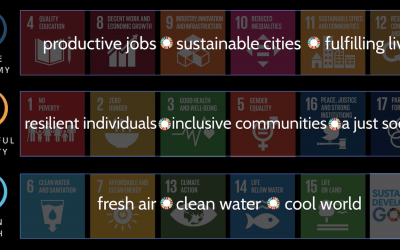

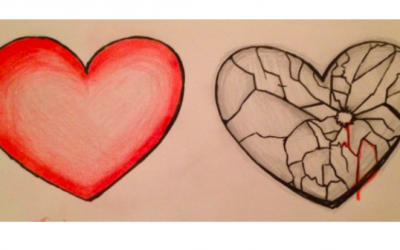

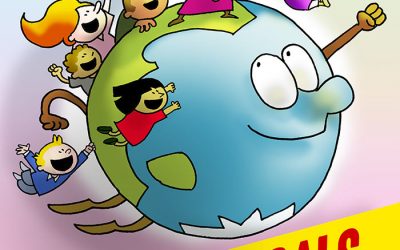
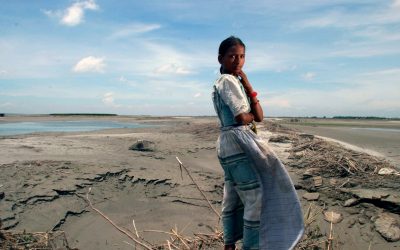
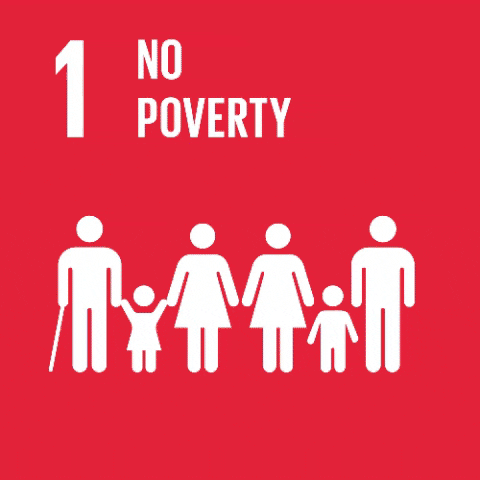
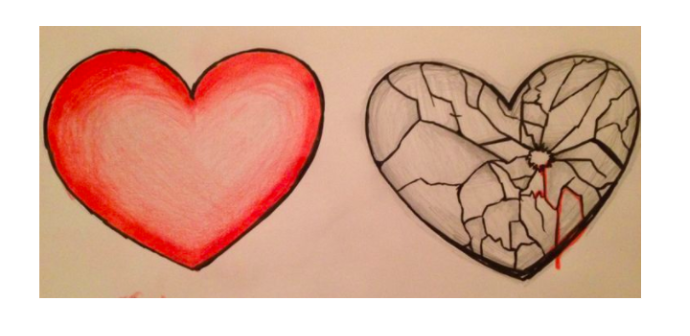
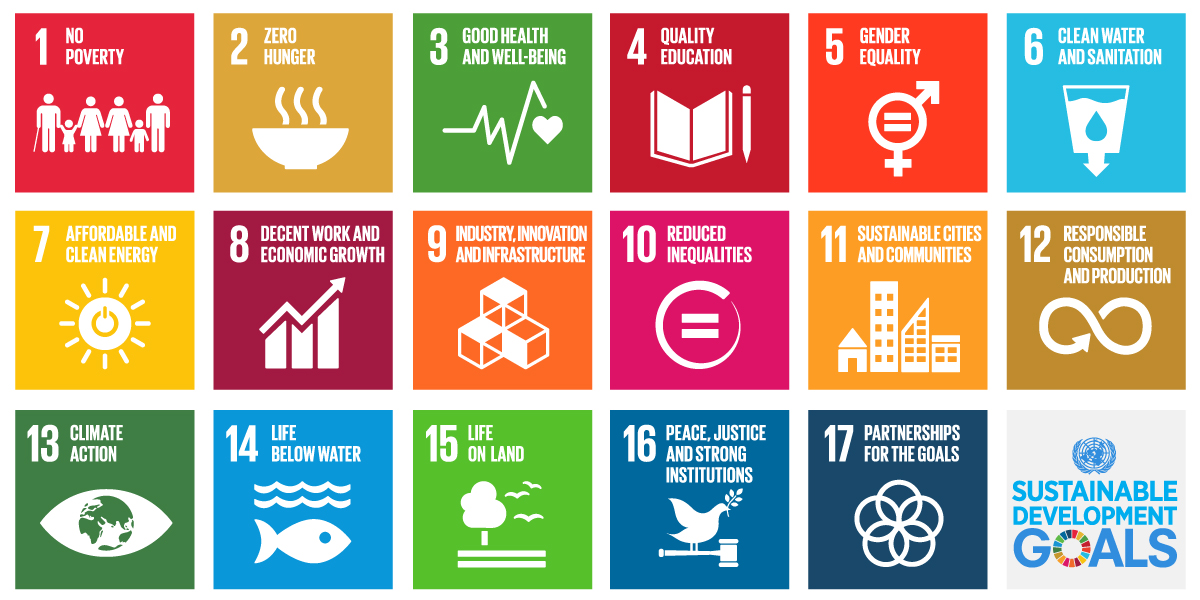
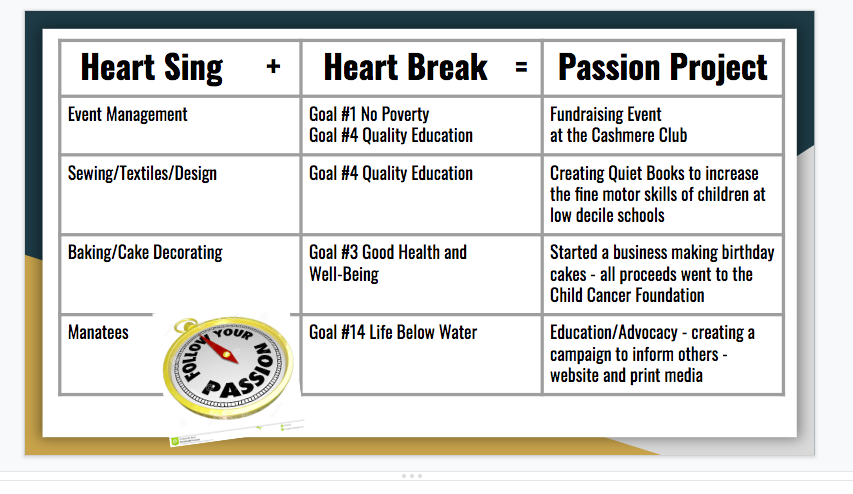
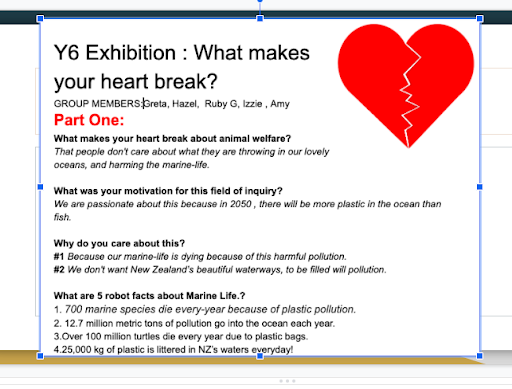
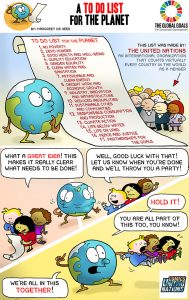 Starting with student passions and local needs is one of the most effective ways to teach with and through the SDGs. This will enable you to easily contextualise the issues and your students will be more likely to see them as relevant and pressing (which they are).
Starting with student passions and local needs is one of the most effective ways to teach with and through the SDGs. This will enable you to easily contextualise the issues and your students will be more likely to see them as relevant and pressing (which they are).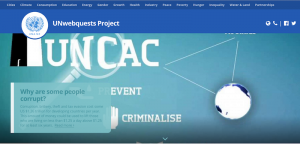
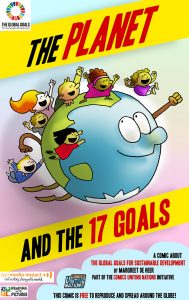
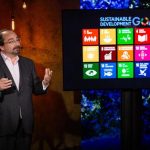
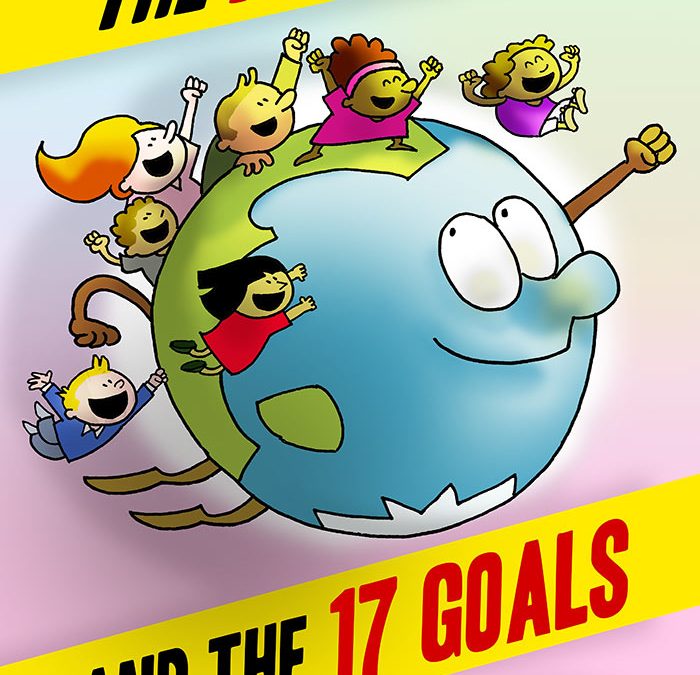
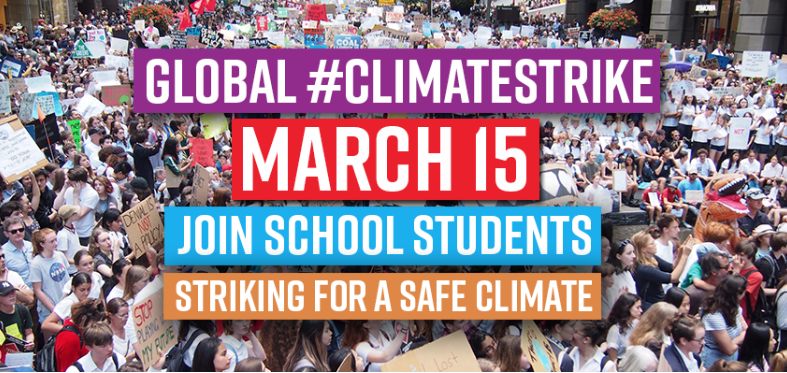
 She made the choice to strike from school and spend her days instead protesting climate change outside the Swedish Parliament. Her reasons for doing it have resonated with hundreds of thousands of children and young people across the world.
She made the choice to strike from school and spend her days instead protesting climate change outside the Swedish Parliament. Her reasons for doing it have resonated with hundreds of thousands of children and young people across the world.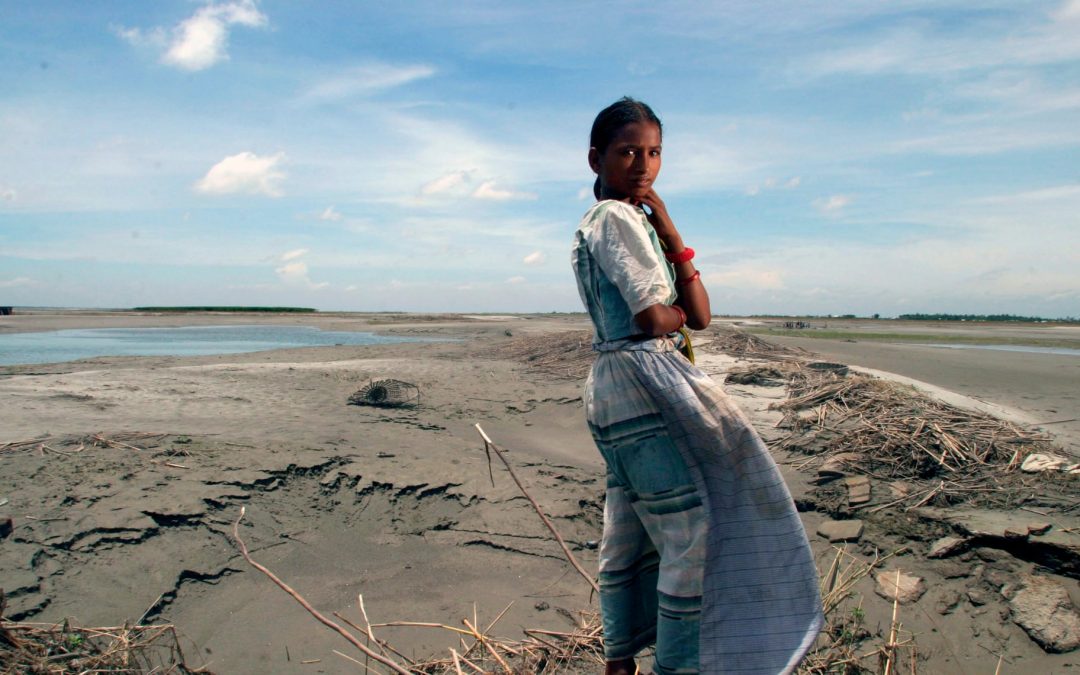
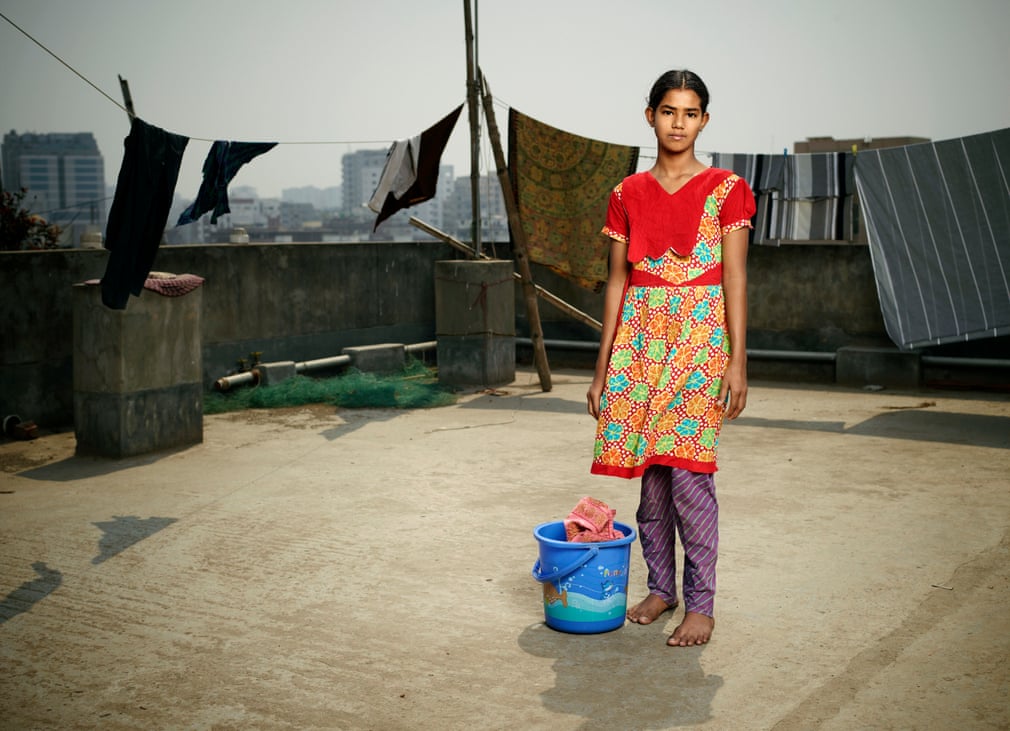
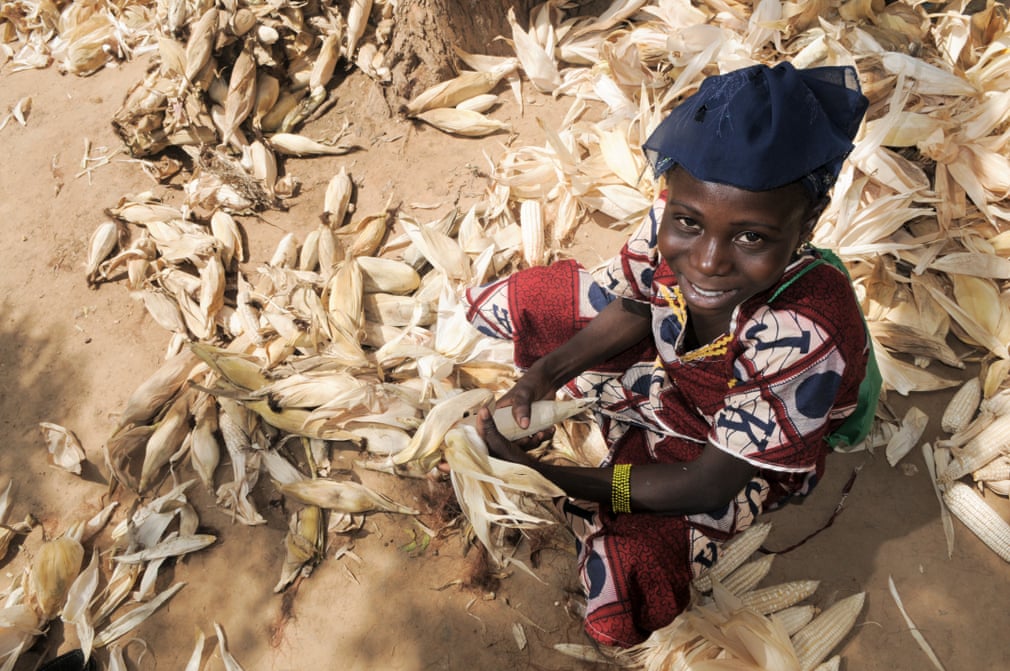 Eleven-year-old schoolgirl Djeneba peels the corn harvested by her family. She illustrates goal 2 – zero hunger. Women and girls are often excluded from decision making on land and resources critical to their livelihoods and food security. Work on this goal must ensure that women and girls – who are frequently responsible for their family’s smallholdings – benefit equally from all targets, especially from access to land and financial services.
Eleven-year-old schoolgirl Djeneba peels the corn harvested by her family. She illustrates goal 2 – zero hunger. Women and girls are often excluded from decision making on land and resources critical to their livelihoods and food security. Work on this goal must ensure that women and girls – who are frequently responsible for their family’s smallholdings – benefit equally from all targets, especially from access to land and financial services. This goal has a wide range of areas including: reducing maternal mortality, ending preventable deaths of newborns and children under five, ending and combating diseases such as HIV and malaria, reducing non-communicable diseases, improving treatment of substance abuse, reducing deaths and injuries from traffic accidents, ensuring sexual and reproductive health and rights services and universal health coverage for all.
This goal has a wide range of areas including: reducing maternal mortality, ending preventable deaths of newborns and children under five, ending and combating diseases such as HIV and malaria, reducing non-communicable diseases, improving treatment of substance abuse, reducing deaths and injuries from traffic accidents, ensuring sexual and reproductive health and rights services and universal health coverage for all. Girls at school in Bihar state, India, illustrating goal 4 – quality education, which recognises the transformative power of inclusive education. It aims to ensure access to free, equitable and quality primary and secondary education for girls and boys and to technical vocational and tertiary education and relevant skills for sustainable development, including literacy and numeracy, for youth and adults. Photograph: Ehtisham Husain/European Parliamentary Forum on Population and Development
Girls at school in Bihar state, India, illustrating goal 4 – quality education, which recognises the transformative power of inclusive education. It aims to ensure access to free, equitable and quality primary and secondary education for girls and boys and to technical vocational and tertiary education and relevant skills for sustainable development, including literacy and numeracy, for youth and adults. Photograph: Ehtisham Husain/European Parliamentary Forum on Population and Development
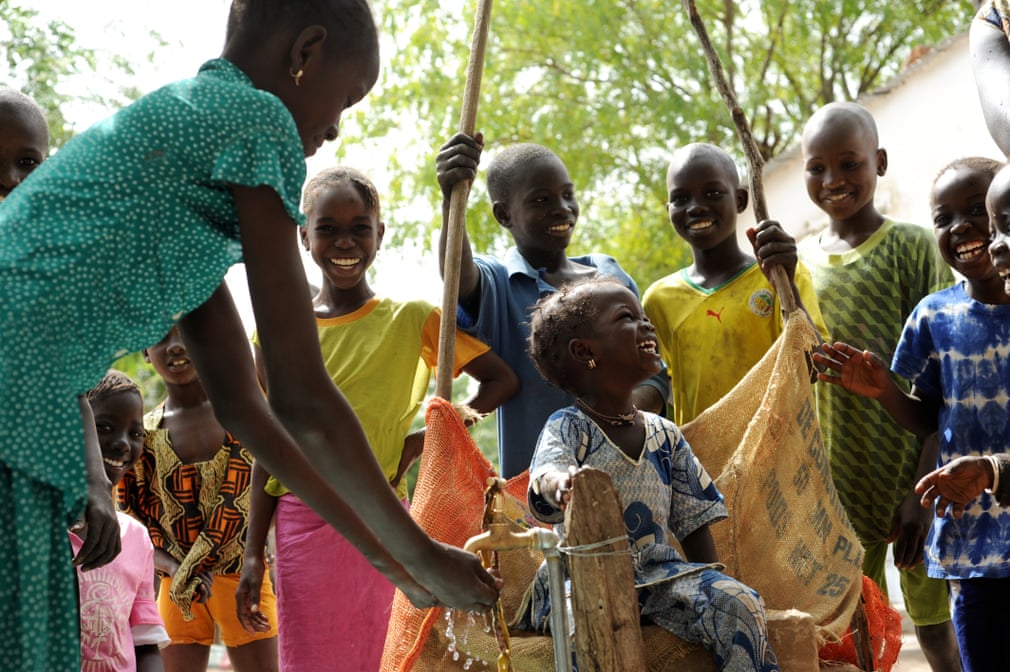
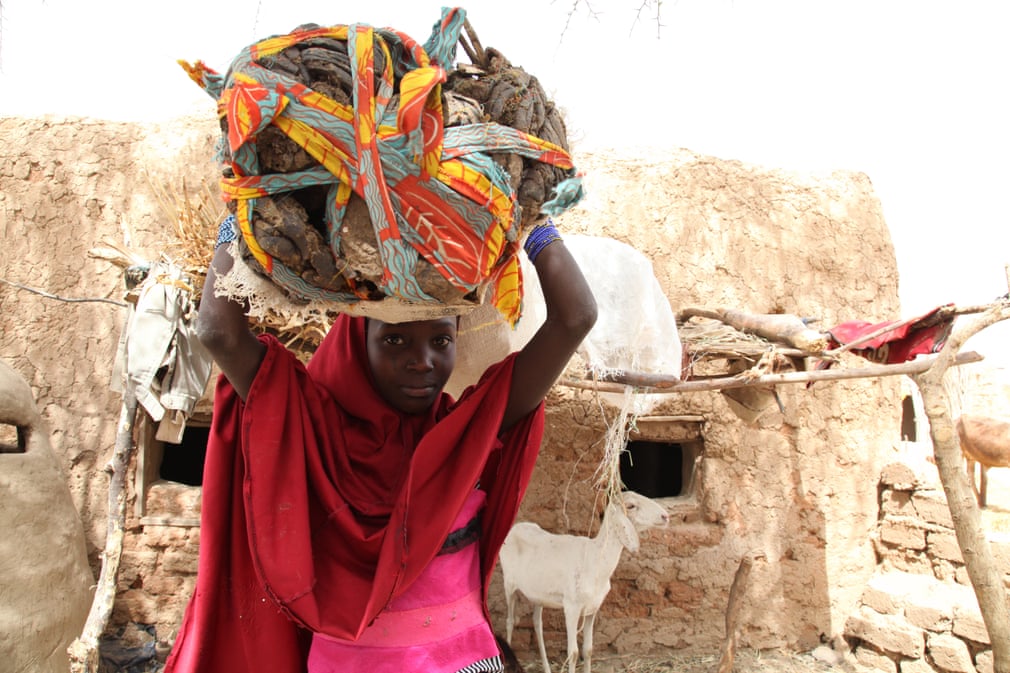
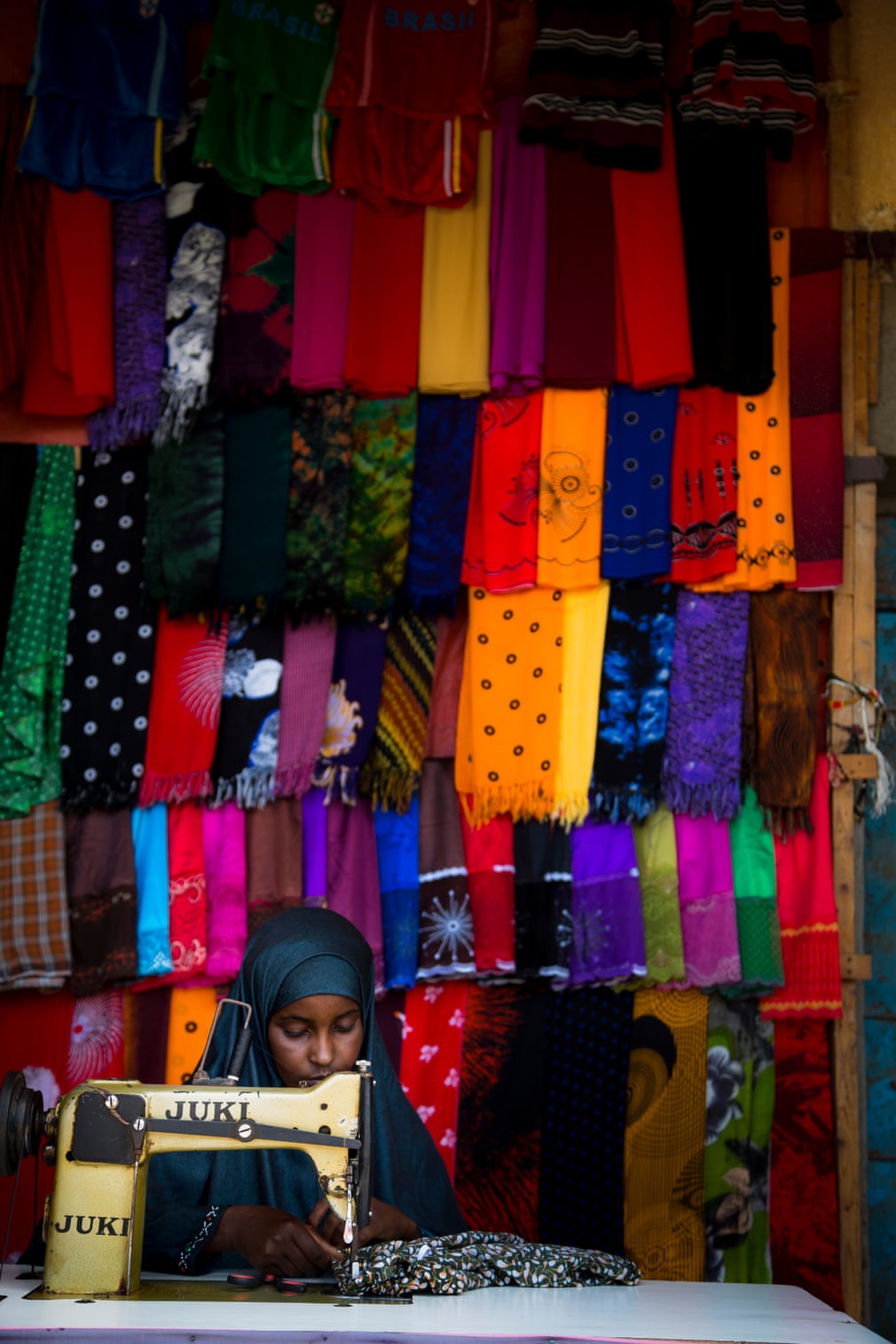
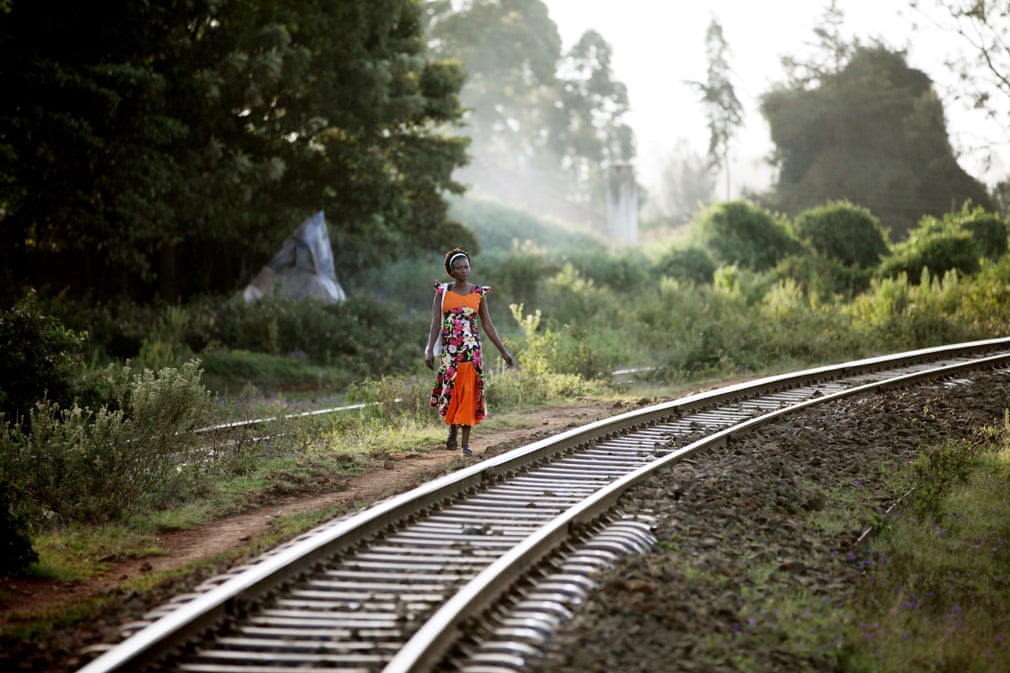

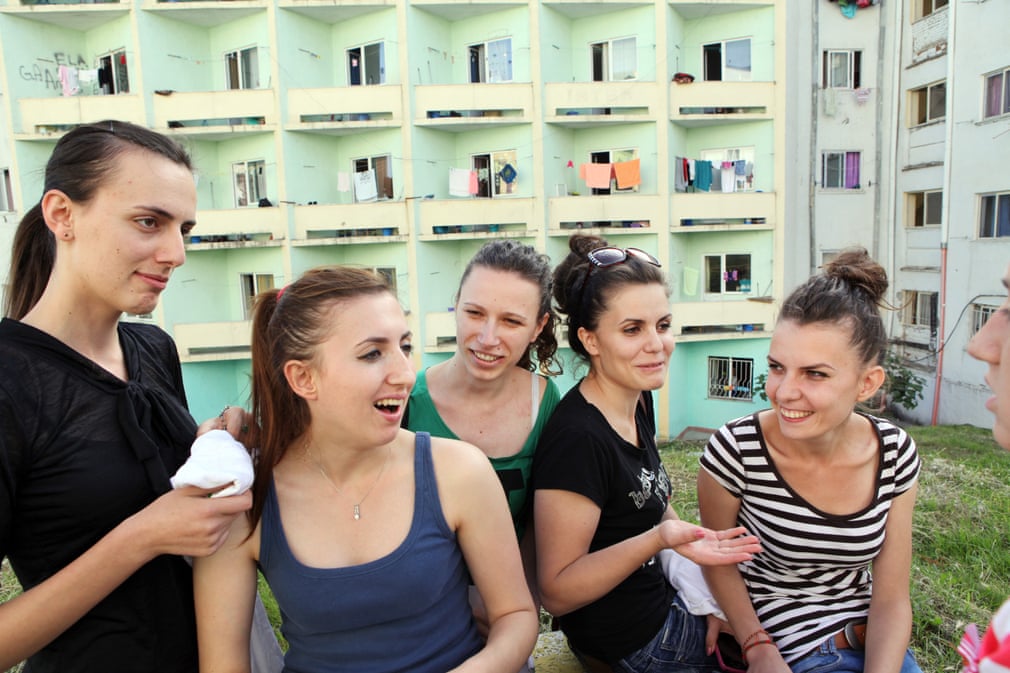 Young volunteers at the Family Planning Association of Albania gather at their university residence in Tirana illustrating goal 11 – sustainable cities and communities. This goal is key for girls and women as many face the risk of gender-based violence in and around the cities and settlements they live in on a daily basis. This threat is exacerbated by disasters, lack of safe public transport and street lighting.
Young volunteers at the Family Planning Association of Albania gather at their university residence in Tirana illustrating goal 11 – sustainable cities and communities. This goal is key for girls and women as many face the risk of gender-based violence in and around the cities and settlements they live in on a daily basis. This threat is exacerbated by disasters, lack of safe public transport and street lighting.
